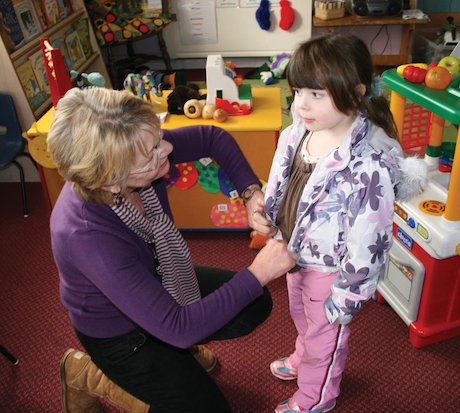The role of the key person
Add to My Folder
The key person approach has always been good practice but it is now a requirement of the EYFS. Sue Cowley explains the benefits and examines the practicalities of making it work on a daily basis

In this article:
- What is a key person?
- The benefits of a key person approach
- Making it work
- Role and responsibilities
- Communicating with parents
- What happens if?
One of the joys of working as an early years practitioner is the chance to build up bonds with different children. Taking on the role of key person for a group of children at your setting means developing special relationships with them, so that you can help each one settle in quickly, feel happy and secure, and make progress with their development and learning.
You’ll sometimes find the term ‘key worker’ being used to describe this role, instead of ‘key person’. Although the terms are often used in an interchangeable way by practitioners, the Department for Children, Schools and Families (DCSF) uses the term ‘key person’ in its EYFS guidance.
Attachment theory
John Bowlby’s theory of attachment argued that a young child needs to develop a bond with a primary caregiver. This bond is based on the child’s most basic needs for safety, security and protection. The quality of attachment, he said, has implications for the child’s social and emotional development and their capacity to form trusting relationships. The key person approach is a way of replicating the attachment a child would normally form with parents at home, within the childcare setting.
Already a member? Sign in below.
Published 6 April 2010
Reviews
Rated 4/5 from 2 ratings
You need to be signed in to place a review.

